Equipment
2020 Honma TR21: Irons, hybrids, and fairway woods
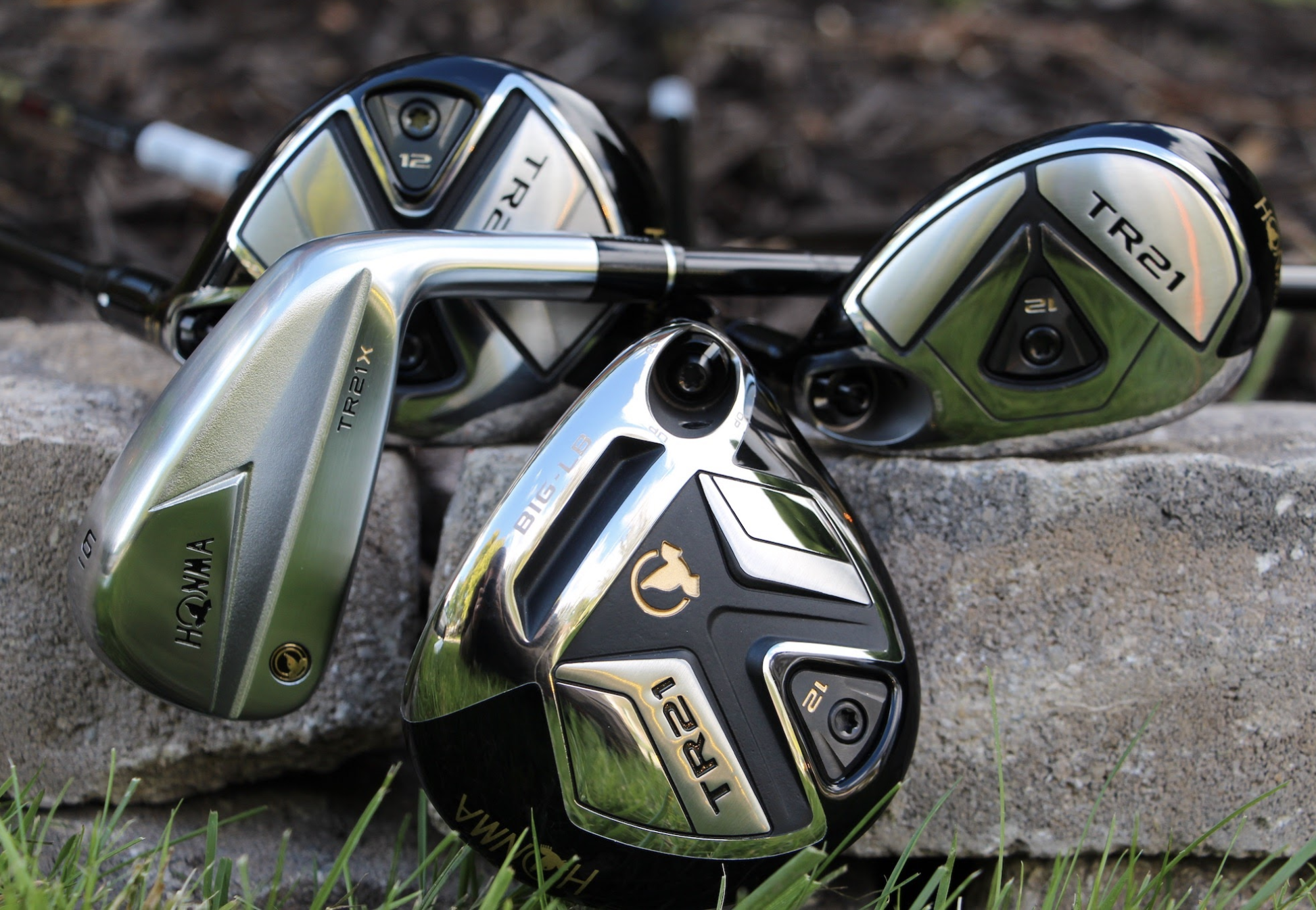
Honma designs and builds clubs to be high-performance tools in the hands of discerning golfers, and with the release of the new Honma TR21 fairway woods, Honma TR21 hybrids, and Honma TR21X irons for 2020, the company is pushing technology and forgiveness like they never have before in a players performance line.
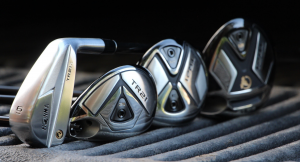
Honma’s TR backstory
The TR21 line builds on the successful TR20 line, which was released earlier this year. The TR line is geared towards the better and aspiring players looking for performance, while Honma’s XP line is catered to players looking to maximize forgiveness.
As a refresher, the entire TR line includes
- a multi-piece forged iron in the TR20 P
- a single piece forged cavity back in the TR20 V
- a blade TR20 B which was released just a few weeks ago
It also features the TR20 driver, which comes in both a 460cc and 440cc version to provide golfers a lower-spinning more traditionally shaped option.
As great as the TR line is up until this point, it was not all-encompassing and left room for traditional lower handicap players that were looking for Honma fairway woods and hybrids to fill out the rest of their bags. It’s not that Honma doesn’t offer clubs in those categories, but the nonadjustable XP-1 fairway woods and hybrids and their draw-biased higher-launching and higher-spinning designs are not where the “TR” player fits in.
This brings us to the TR21 series, which rounds out the line and creates a full bag of options for golfers across the board.
- More photos of the TR21 fairway woods and hybrids in the forums.
- More photos of the TR21X irons in the forums.
2020 Honma TR21 fairway woods
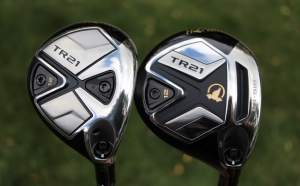
The TR21 fairway woods come in two options with one being exclusively available in a 3-wood for those golfers looking for a larger fairway wood off the tee or to maximize forgiveness from the fairway and rough.
Honma TR21 F fairway woods
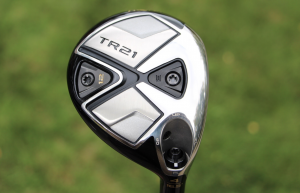
The TR21 F is a precision fairway wood designed for workability and control. At the heart of the control are two adjustable sole weights—one at the rear and one near the front towards the face—as well as the Honma patented “no turn” adjustable hosel. The weights come stock in a 12g/3g configuration to help increase or lower spin, and along with the adjustable weights, there is forward and toe-positioned mass to help centralize the center of gravity and maximize forgiveness.
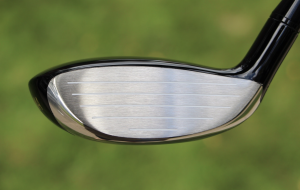
The 455 carpenter steel crown and face offer proven performance and are both built with variable thicknesses to reduce mass around the head and boost ball speeds off the face. Optimizing mass around lower stress areas of the head might seem commonplace now, but these types of details allow the engineers at Honma to continually fine-tune the end performance of the club and the acoustics to appeal to the end-user.
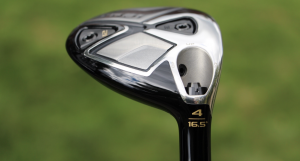
The final component here is workability, and as mentioned, the adjustable weights and hosel allow Honma fitters and golfers alike to dial in ball flight and distance. The one detail, which Honma designers meticulously honed but may go unnoticed by many golfers, is the leading edge and sole shape. Fairway woods have to be versatile and be hit from all kinds of lies. By removing a small amount of depth from the heel, it becomes a lot easier when a player has to “squeeze down” on one or hit from a tough lie.
Specs, availability, and price
The TR21 F is available in 3-wood, 4-wood, 5-wood, and 7-wood models and comes with one-degree of loft adjustability. The big standout is the 4-wood since most OEMs have dropped that option with the introduction of adjustable hosels. Honma knows loft gapping is crucial in the long game and having the extra wood available prevents golfers from having to close the face to add loft with the standard 3-wood.

They come stock with the in-house designed and manufactured in Japan high-performance Honma VIZARD shaft with 50, 60, and 70-gram options in regular, stiff-regular, stiff, and extra stiff.
The TR20 F fairway woods are priced at $299.00 and will be available at retail starting November 1 (right-hand only).
- More photos of the TR21 fairway woods and hybrids in the forums.
- More photos of the TR21X irons in the forums.
Honma TR21 F Ti fairway “Big LB”
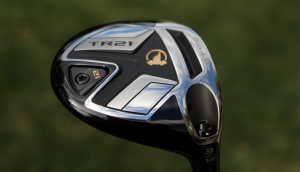
This is “The Big One.” The TR21 Big-LB packs all of the available technology into a package designed to launch the ball high while drawing inspiration for its name from a club that was first introduced when woods were still, you know, made out of wood.
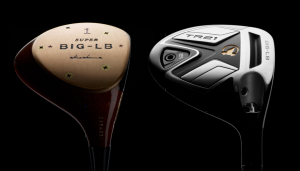
The key technologies built into the new TR21 BIG-LB are all designed to do one thing—launch it high and launch it far. The thin one-piece titanium body and face are brazed to the heavy steel soleplate.
NOTE: Brazing differs from welding in that the temperature is considerably lower and does not melt the base metals. Rather, the heat source melts a filler metal and draws it into the joint by capillary action. It creates a metallurgical bond between the filler metal and part surfaces. (Source: MachineDesign.com)
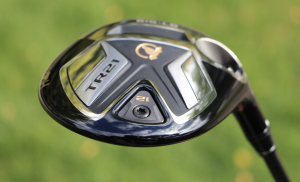
The brazing process is commonly used in the production of premium club designs and allows engineers to save weight that would have been added by the welding process. Brazing offers much tighter control of the final center of gravity placement. It is a more costly process for a number of reasons, including the fact the brazing material features a large amount of silver, but when you are trying to squeeze every bit of performance out a design, it’s worth it.
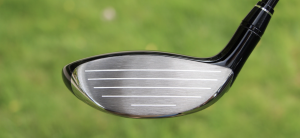
So about that soleplate: It, along with the adjustable tungsten weight, combine to a mass of 102g (with the stock 12g weight). This means that at an estimated total club head weight of 217g, the soleplate and weight make up just over 47 percent of the club’s mass. That’s how you achieve an extremely low and deep CG into a club head.
Other key technology feature
- Variable thickness face to maximize ball speed off the center and when mishit
- Sole slot behind the face to increase flex, to boost ball speed on lower face strikes
- Non-rotating loft and lie adjustability adapter to reduce shaft variation and change lie and loft up +/- 1°
Specs, availability, and price
The BIG-LB is 14 degrees with 1 degree of loft adjustability.
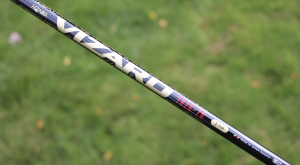
The stock shafts are the in-house designed and manufactured in Japan high-performance Honma VIZARD shaft with 50, 60, and 70g options in regular, stiff-regular, stiff, and extra stiff.
The BIG-LB is priced at $329.00 and will be available at retail starting November 1 (RH only).
- More photos of the TR21 fairway woods and hybrids in the forums.
- More photos of the TR21X irons in the forums.
Honma TR21 H hybrids
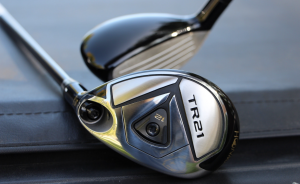
The TR20 H falls in line after the fairway woods in providing a traditionally shaped, compact hybrid with adjustability.
Much like the TS21 fairway woods, they were designed with workability and the better player in mind by providing a visibly higher toe and square topline. Honma understands that better players fear the “hooky” hybrid and engineers have done everything they can to offer maximum workability along with shot-stopping power.
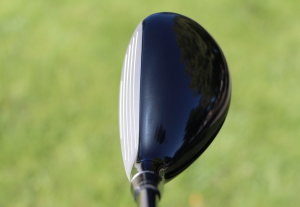
The key features of the new TR20 hybrids are
- Thin internally ribbed crown for acoustic tuning and a lower center of gravity
- Variable thickness face for faster ball speeds on mishits
- Adjustable non-rotating hosel for lie and loft, which according to Honma can also help adjust spin rates up to +/- 700 RPM
- Adjustable sole weight (same design as the weights used in the rest of the TR20 and TR21 line) to aid in custom fitting and feel.
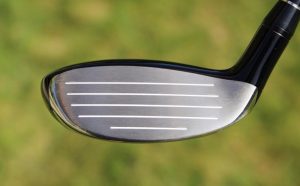
Specs, availability, and price
The TR21 H hybrids are available in 18, 21, 24-degree lofts and come with 1 degree of loft adjustability.
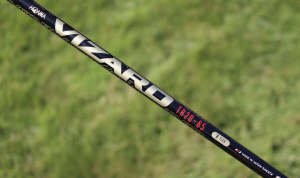
They will come stock with the in house designed and manufactured in Japan high-performance Honma VIZARD shaft in 65, and 75g options in regular, stiff-regular, stiff, and extra stiff.
The TR21 H hybrids are priced at $249.00 and will be available at retail starting November 1 (RH only).
- More photos of the TR21 fairway woods and hybrids in the forums.
- More photos of the TR21X irons in the forums.
Honma TR21X irons
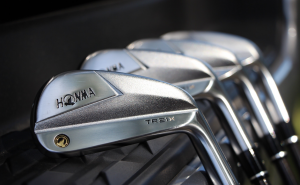
The TR21X irons are Honma’s first entry into the hollow player’s distance category and are going to make the biggest impact as far as any iron they have released to date. They are the biggest iron in the TR line but mirror the design philosophy and aesthetics of the rest of the line, which makes them the perfect candidate for building combo sets.
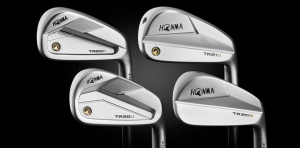
The TR21X and the whole TR iron series follow what has become an industry trend by designing entire families of irons that allow fitters and golfers to perfectly blend together their perfect combo set. The visual cues of the new TR21X mirror those of the smaller TR20B, so you should expect to see a number of players go that route.
Excelling in the players distance category requires technology, and Honma is pulling out all the stops by building multi-material iron that brings together a high strength steel face, thin steel body, concentrated tungsten weight bars, and low-density foam for acoustic tuning.
Let’s break down the details
- Face – The high strength steel face is “L” shaped, which means the bottom wraps around the leading edge to the sole. This moves the weld away from the face and allows for more flexing which creates the potential for more ball speed, especially on lower face misses. It is constructed of C300 maraging steel and is only 2.2mm thick, which puts it near the top of the category.
- Thin body construction – In order to maximize the amount of discretionary mass in each head the thin body saves as much mass as possible to be positioned around the head, and in this case, is precisely located using concentrated tungsten.
- Tungsten weight bars – Based on the iron in the set, the tungsten weight bars vary to accommodate increasing head weights and to finely position the COG. By using tungsten, engineers can achieve placements not possible with either standard construction of my using less dense steel – the end result is each iron being tuned for loft performance since your 3 iron has to launch a lot differently than your 9 iron.
- Injected foam – The final part of the process is the foam filling to acoustically tune the irons. Performance is important but without making them sound appealing, it’s all for none. In the case of the TR21X we have a set of irons that designers meticulously engineered to deliver on both fronts.
Specs, availability, and price
The TR21X irons are available 3-11 iron (gap wedge)

They will come stock with the in-house designed and manufactured in Japan high-performance Honma VIZARD graphite shaft in 65, and 55g options in regular, stiff-regular, stiff, and extra stiff. They are also available with Nippon’s Steel 950GH Neo along with other custom options available.
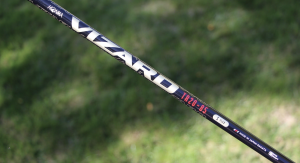
The TR21x irons are priced at $212.00 each in graphite and $188.00 in steel. They will be available at retail starting November 1 (RH only)
- More photos of the TR21 fairway woods and hybrids in the forums.
- More photos of the TR21X irons in the forums.
- LIKE39
- LEGIT9
- WOW6
- LOL1
- IDHT5
- FLOP1
- OB1
- SHANK18
Whats in the Bag
Kevin Tway WITB 2024 (May)
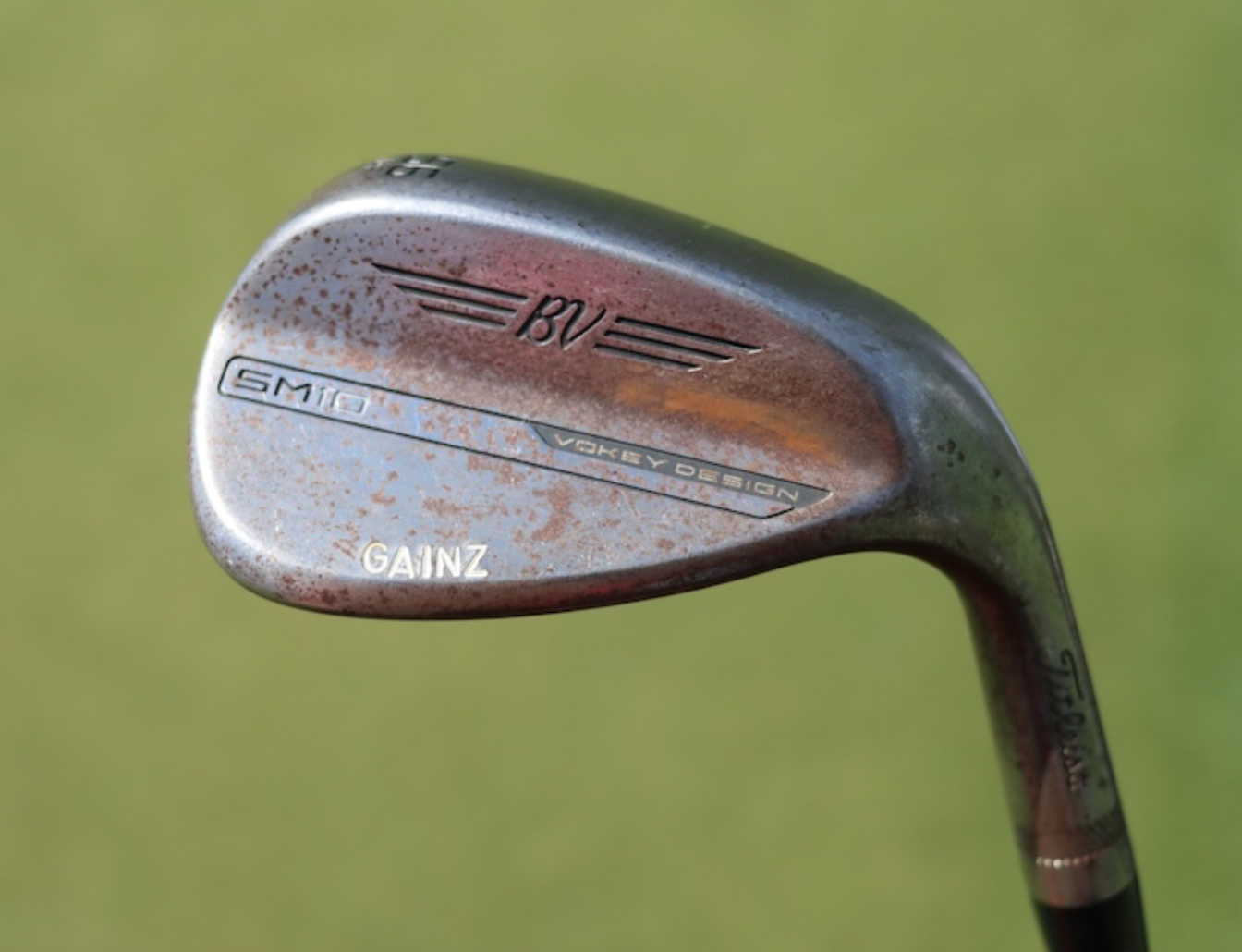
- Kevin Tway what’s in the bag accurate as of the Wells Fargo Championship. More photos from the event here.
Driver: Ping G430 LST (10.5 degrees)
Shaft: Fujikura Ventus Black 6 X
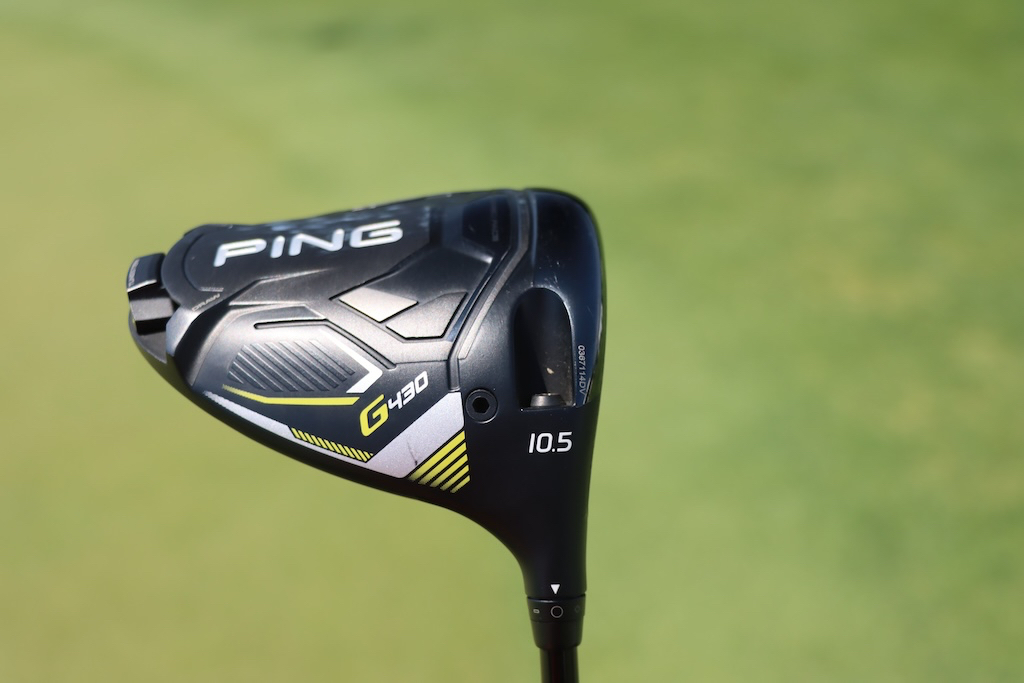
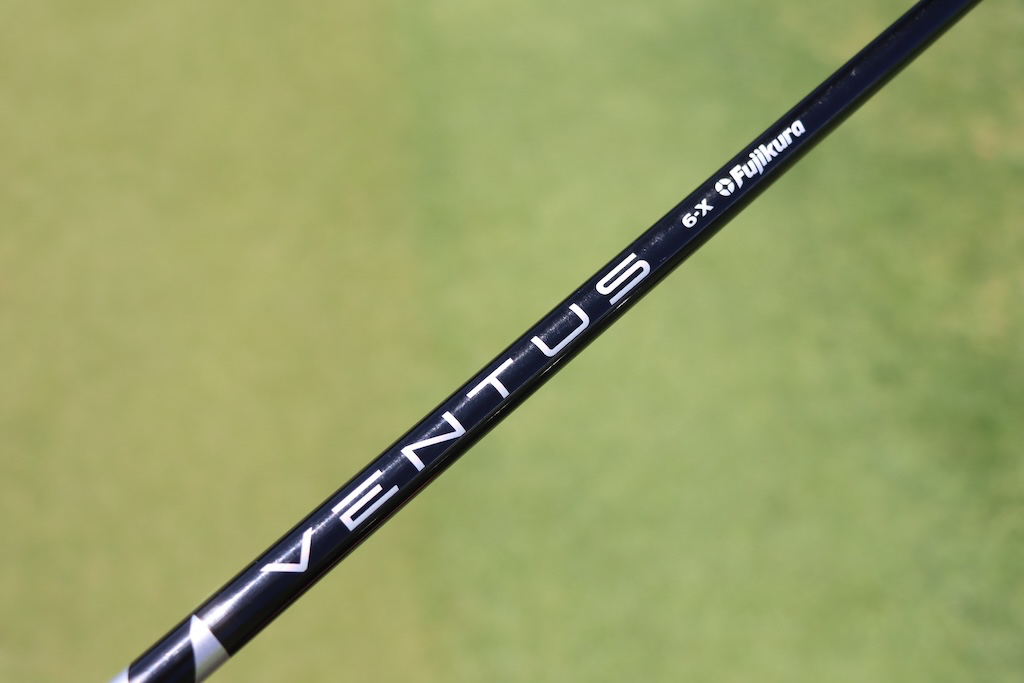
3-wood: TaylorMade Stealth 2 (15 degrees)
Shaft: Mitsubishi Diamana D+ 80 TX
5-wood: TaylorMade Stealth 2 (18 degrees)
Shaft: Mitsubishi Diamana D+ 90 TX
Irons: Wilson Staff Utility (2), Titleist T100 (4-9)
Shafts: Mitsubishi MMT 100 TX (2), True Temper Dynamic Gold Tour Issue X100 (4-9)
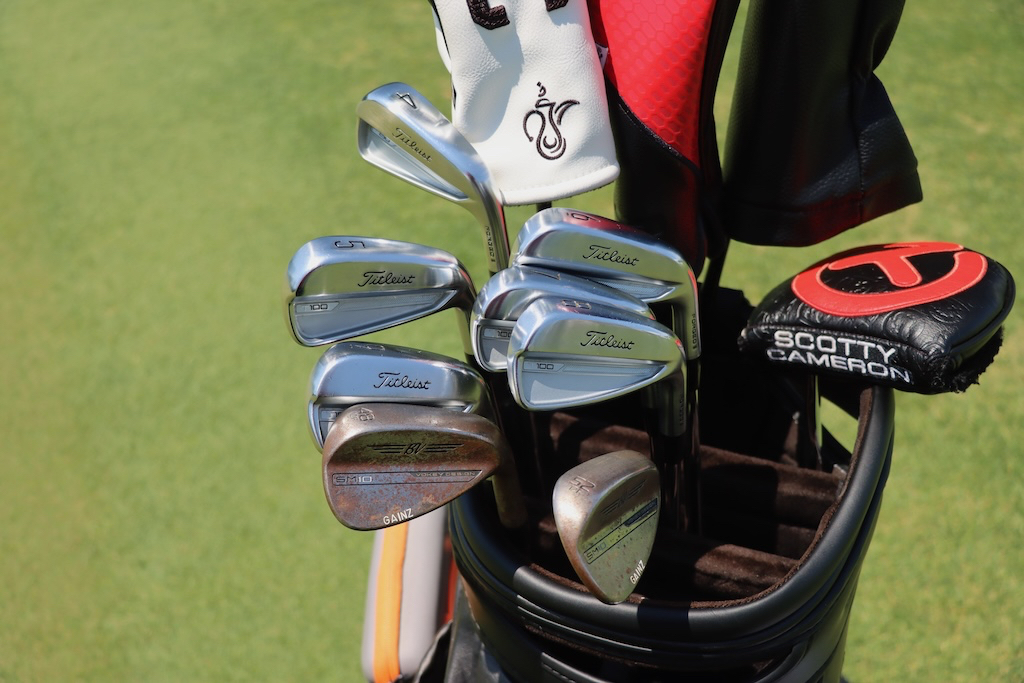
Wedges: Titleist Vokey Design SM10 (48-10F @47, 52-12F @51, 56-14F), SM7 (60-10S)
Shafts: True Temper Dynamic Gold Tour Issue X100 (48-56), True Temper Dynamic Gold Tour Issue S400 (60)
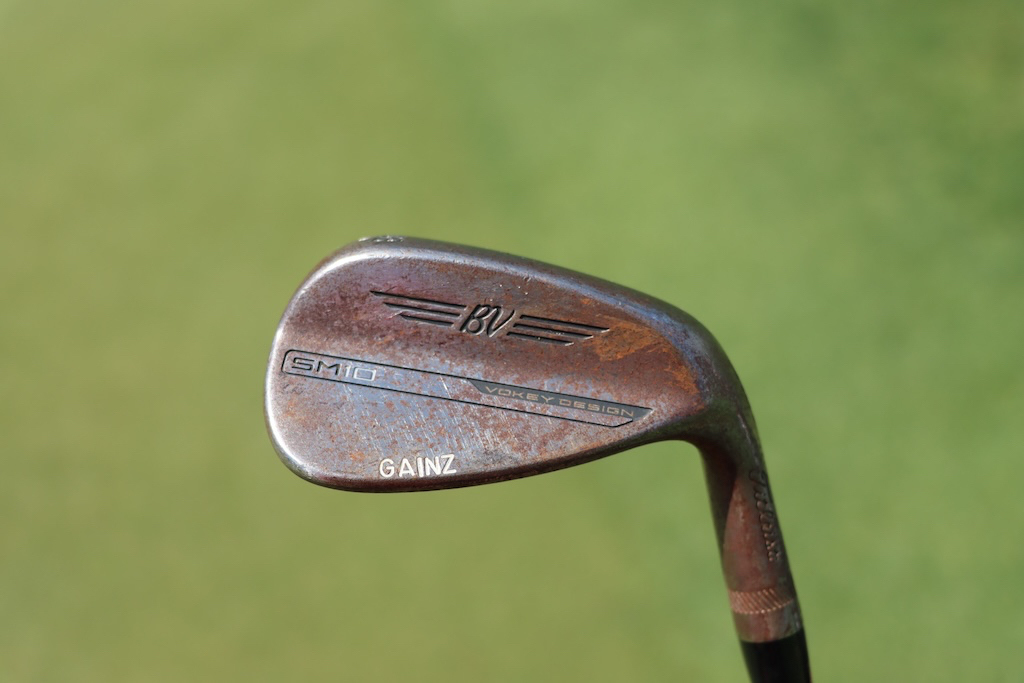
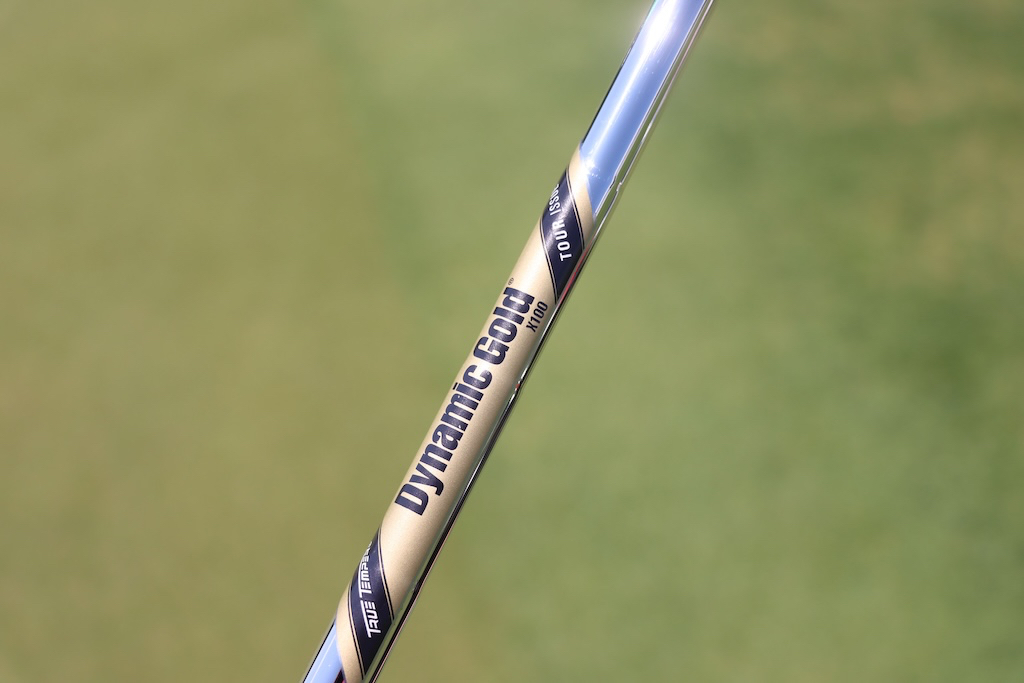
Putter: Scotty Cameron T-5 Proto
Grip: Scotty Cameron Black Baby T
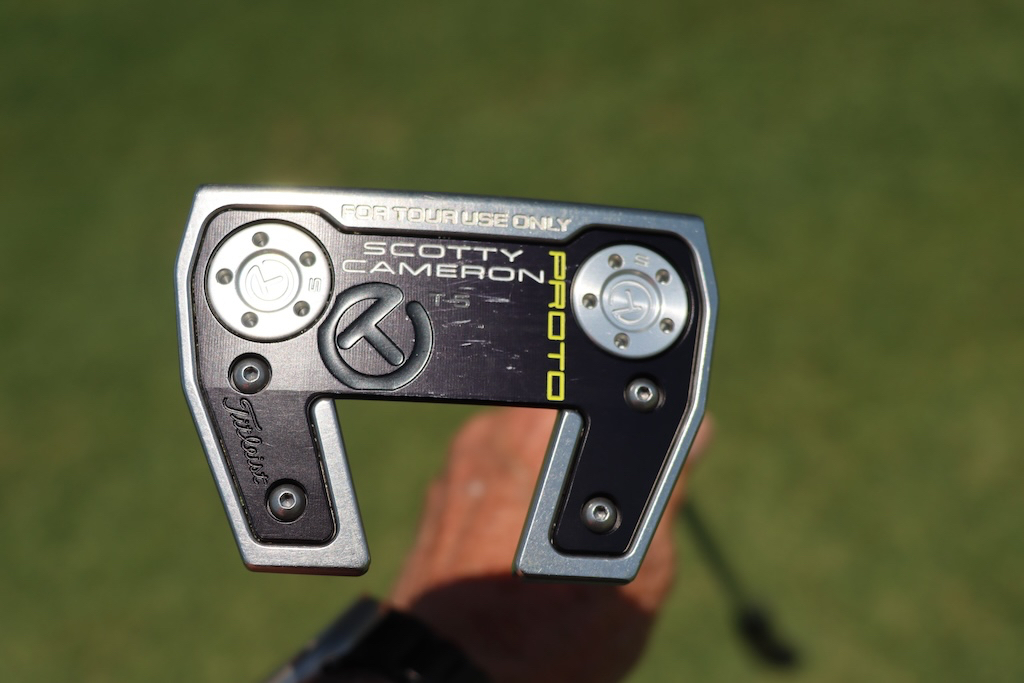
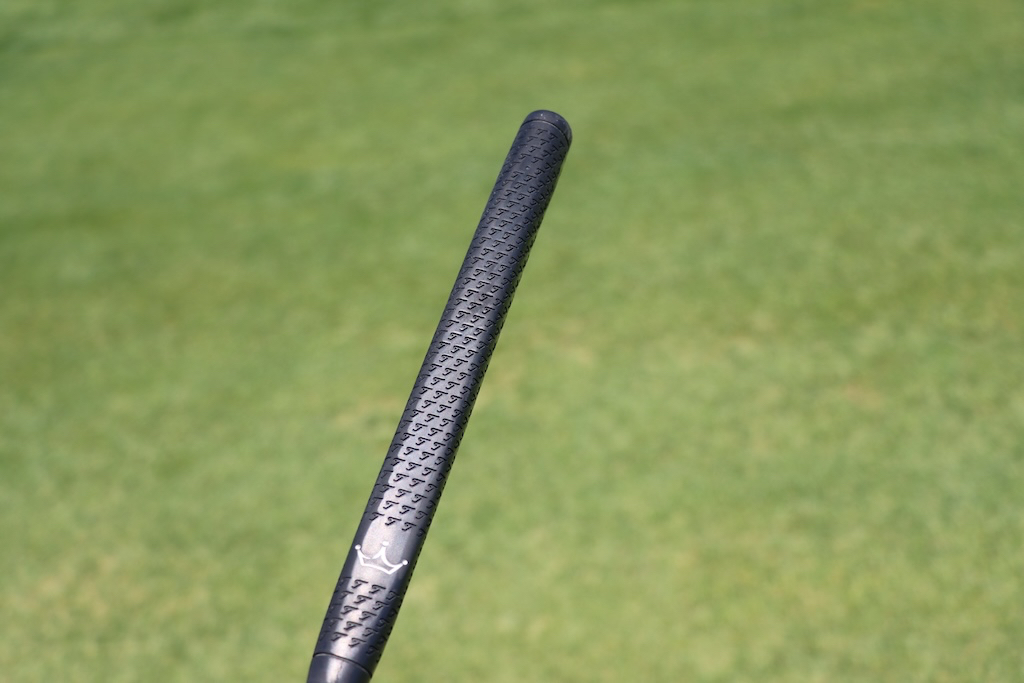
Grips: Golf Pride Tour Velvet Plus4
More photos of Kevin Tway’s WITB in the forums.
- LIKE0
- LEGIT0
- WOW0
- LOL0
- IDHT0
- FLOP0
- OB0
- SHANK0
Equipment
Did Rory McIlroy inspire Shane Lowry’s putter switch?
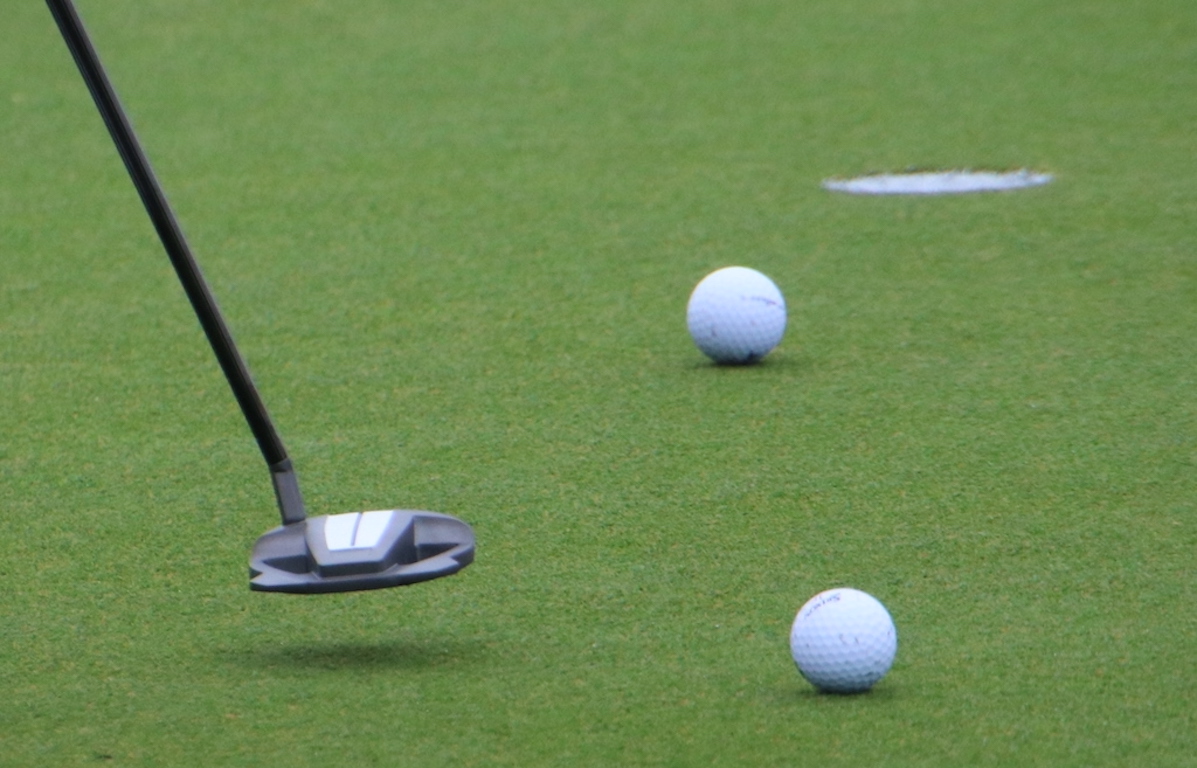
Editor’s note: This is an excerpt from a piece our Andrew Tursky originally wrote for PGATour.com’s Equipment Report. Head over there for the full article.
The timing of Lowry’s putter changeup was curious: Was he just using a Spider putter because he was paired with McIlroy, who’s been using a Spider Tour X head throughout 2024? Was Lowry just being festive because it’s the Zurich Classic, and he wanted to match his teammate? Did McIlroy let Lowry try his putter, and he liked it so much he actually switched into it?
Well, as it turns out, McIlroy’s only influence was inspiring Lowry to make more putts.
When asked if McIlroy had an influence on the putter switch, Lowry had this to say: “No, it’s actually a different putter than what he uses. Maybe there was more pressure there because I needed to hole some more putts if we wanted to win,” he said with a laugh.
To Lowry’s point, McIlroy plays the Tour X model, whereas Lowry switched into the Tour Z model, which has a sleeker shape in comparison, and the two sole weights of the club are more towards the face.
Lowry’s Spider Tour Z has a white True Path Alignment channel on the crown of his putter, which is reminiscent of Lowry’s former 2-ball designs, thus helping to provide a comfort factor despite the departure from his norm. Instead of a double-bend hosel, which Lowry used in his 2-ball putters, his new Spider Tour Z is designed with a short slant neck.
“I’ve been struggling on the greens, and I just needed something with a fresh look,” Lowry told GolfWRX.com on Wednesday at the 2024 Wells Fargo Championship. “It has a different neck on it, as well, so it moves a bit differently, but it’s similar. It has a white line on the back of it [like my 2-ball], and it’s a mallet style. So it’s not too drastic of a change.
“I just picked it up on the putting green and I liked the look of it, so I was like, ‘Let’s give it a go.’”
Read the rest of the piece over at PGATour.com.
- LIKE1
- LEGIT0
- WOW0
- LOL0
- IDHT0
- FLOP0
- OB0
- SHANK0
Equipment
Webb Simpson equipment Q&A: Titleist’s new 2-wood, 680 blade irons, and switching to a broomstick Jailbird
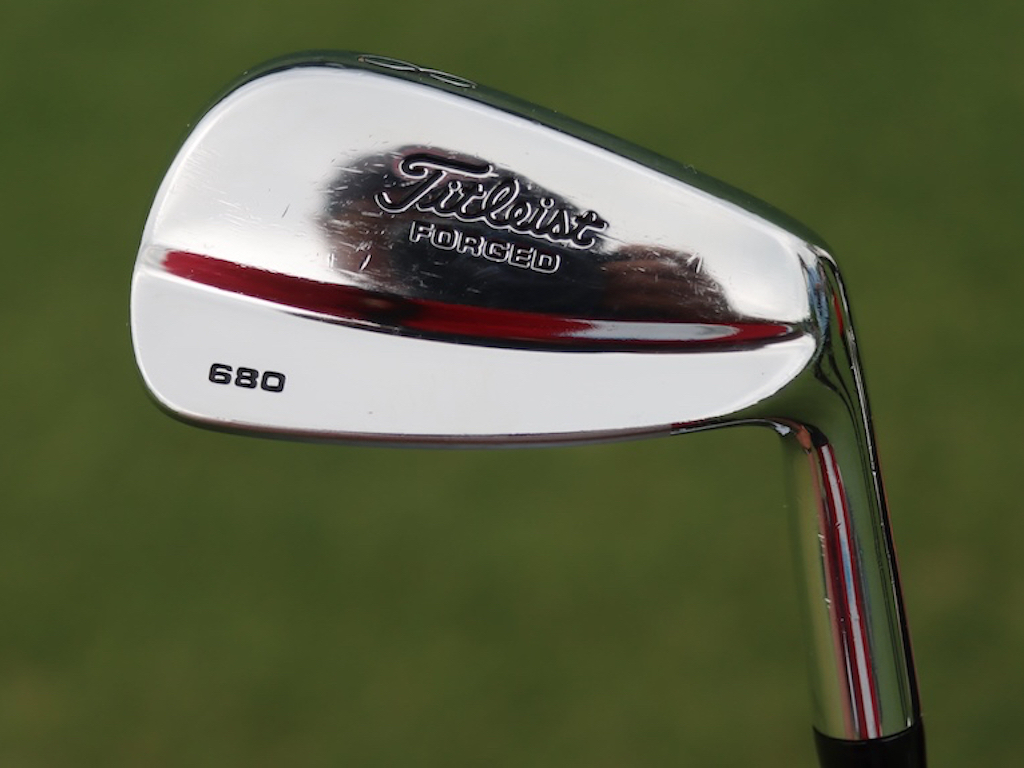
With seven career wins on the PGA Tour, including a U.S. Open victory, Webb Simpson is a certified veteran on the course. But he’s also a certified veteran in the equipment world, too. He’s a gearhead who truly knows his stuff, and he’s even worked closely with Titleist on making his own custom 682.WS irons.
On Wednesday at the 2024 Wells Fargo Championship, I caught up with Simpson to hear about his experience with Titleist’s new prototype 2-wood, how Titleist’s 680 Forged irons from 2003 ended up back in his bag, and why he’s switching into an Odyssey Ai-One Jailbird Cruiser broomstick putter this week for the first time.
Click here to read our full story about Simpson’s putter switch on PGATOUR.com’s Equipment Report, or continue reading below for my full Q&A with Simpson at Quail Hollow Club on Wednesday.
See Webb Simpson’s full WITB from the 2024 Wells Fargo Championship here
GolfWRX: It seems like you’ve been a little all over the place with your irons in the past six months or so, and now going back to the 680’s. Is that just a comfort thing? What’s been going on with the irons?
Webb Simpson: Titleist has been so great at working with me, and R&D, on trying to get an iron that kind of modernizes the 680. And so the 682.WS took the T100 grooves, but kinda took the look and the bulk and the build of the 680’s into one club. They’re beautiful, and awesome looking. I just never hit them that well for a consistent period of time. It was probably me, but then I went to T100’s and loved them. I loved the spin, the trajectory, the yardage, but again, I never went on good runs. Going through the ground, I couldn’t feel the club as well as with the blade. So last week, I’m like, ‘Alright. I’m gonna go back more for…comfort, and see if I can get on a nice little run of ball striking.’
So that’s why I went back.
View this post on Instagram
OK, that makes sense. I know you had done some 2-wood testing recently. Is that in the bag right now?
It’s like day-by-day. I used it at Hilton Head every day. Valero, I used it one round. And this week, me and my caddie will do the book every morning, and if it’s a day where we think we need it, we’ll just put it in and take the 3-wood out. I love it because it’s a super simple swap. Like, it doesn’t really change much.
Yeah, can you tell me about that club? I mean, we don’t really know anything about it yet. You know? I haven’t hit it or anything, obviously.
It has grooves like a 3-wood. Spin is perfect. And it’s honestly, like, everything is in the middle of a 3-wood and driver number. Trajectory, spin, carry, all of it. So, a Hilton Head golf course is almost too easy to talk about because, you know, there, so many holes are driver 3-wood.
Valero, our thinking was we had two par-5’s into the wind, and we knew that it would take two great shots to get there in two. So instead of hitting driver-driver, we just put it in. And I used it on those holes.
Hilton was a little easier because it was off-the-tee kind of questions. But Colonial will be a golf course where, you know, there’s a lot of driver or 3-woods. It’s kind of like a backup putter or driver for me now. I’ll bring it to every tournament.
So it’s, like, in your locker right now, probably?
Well, it would be. It’s in my house [because Webb lives near by Quail Hollow Club, and is a member at the course.] It’s in the garage.
Oh, yeah, that’s right. Do you know what holes you might use it out here if it goes in play?
Potentially 15, depending on the wind. Second shot on 10. Could be 14 off the tee. The chances here are pretty low (that he’ll use the 2-wood). But, like, Greensboro would be an awesome club all day. I’m trying to think of any other golf courses.
There’s plenty that it’ll be a nice weapon to have.
It’s interesting, the wave of 2-woods and mini drivers. Like, it’s just really taken off on Tour, and all the companies have seemed to embrace it.
Yeah. The thing I had to learn, it took me, like, at least a week to learn about it is you gotta tee it up lower than you think. I kept teeing it up too high. You need it low, like barely higher than a 3-wood. And that was where I got optimal spin and carry. If you tee it up too high, you just don’t get as much spin and lose distance, I don’t know if that’s just a mini driver thing.
And you obviously have a Jailbird putter this week. What spurred that on?
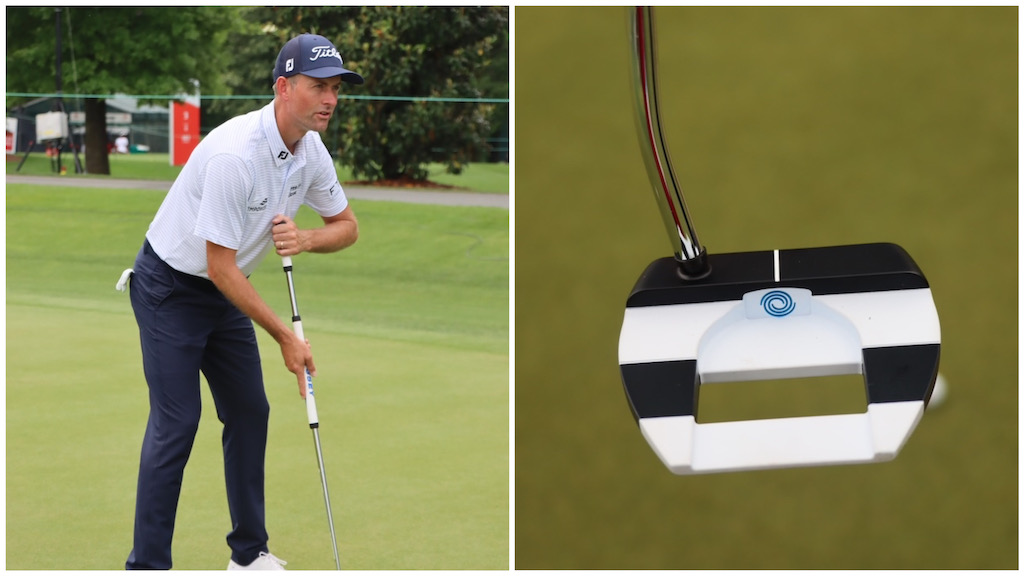
Inconsistent putting. I’m stubborn in a lot of ways when it comes to my equipment, but I have to be open minded – I just hadn’t putted consistently well in a while. And I’m like, ‘Man, I feel my ball-striking coming along. Like I feel better; for real, better.’
If I can just get something in my hands that I’m consistent with. Being on Tour, you see it every year, guys get on little runs. I can put together four to five tournaments where I’m all the sudden back in the majors, or in the FedExCup Playoffs. You can turn things around quick out here. I’m like, ‘Man, whatever’s going to get me there, great.’
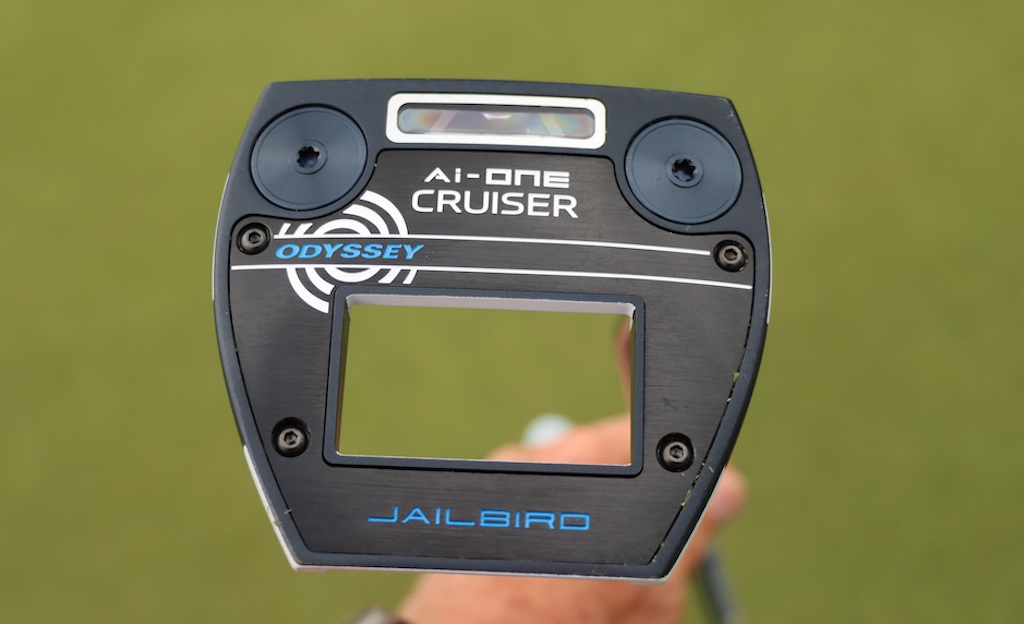
My caddie, David Cook, caddied for Akshay at the Houston Open and he putted beautifully. Then, I watched Akshay on TV at Valero, and he putted beautifully. And, I’m like, ‘I’m just going to try it.’
I’ve never tried it for more than a putt or two, and I just ordered what Akshay uses. It was pretty awkward at first, but the more I used it, the more I’m like, ‘Man, it’s pretty easy.’ And a buddy of mine who’s a rep out here, John Tyler Griffin, he helped me with some setup stuff. And he said at Hilton Head, he wasn’t putting well, then tried it, and now he makes everything. He was very confident. So I’m like, ‘Alright, I’ll try it.’”
And you’re going with it this week?
Hundred percent.
Alright, I love it. Thank you, I always love talking gear with you. Play well this week.
Thanks, man.
See Webb Simpson’s full WITB from the 2024 Wells Fargo Championship here
- LIKE34
- LEGIT3
- WOW1
- LOL2
- IDHT0
- FLOP0
- OB0
- SHANK3
-

 19th Hole3 weeks ago
19th Hole3 weeks agoJustin Thomas on the equipment choice of Scottie Scheffler that he thinks is ‘weird’
-

 19th Hole3 weeks ago
19th Hole3 weeks ago‘Absolutely crazy’ – Major champ lays into Patrick Cantlay over his decision on final hole of RBC Heritage
-

 19th Hole2 weeks ago
19th Hole2 weeks agoLET pro gives detailed financial breakdown of first week on tour…and the net result may shock you
-

 19th Hole4 days ago
19th Hole4 days agoReport: LIV star turns down PGA Championship invite due to ‘personal commitments’
-

 19th Hole1 week ago
19th Hole1 week agoGary Player claims this is what ‘completely ruined’ Tiger Woods’ career
-

 Whats in the Bag2 weeks ago
Whats in the Bag2 weeks agoTeam McIlowry (Rory McIlroy, Shane Lowry) winning WITBs: 2024 Zurich Classic
-

 Equipment3 days ago
Equipment3 days agoDetails on Justin Thomas’ driver switch at the Wells Fargo Championship
-

 Equipment1 week ago
Equipment1 week agoGolf fans left surprised by LIV’s choice of course for its 2024 individual championship event

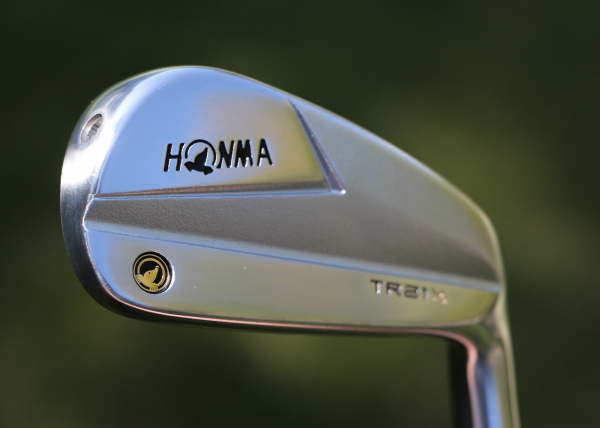
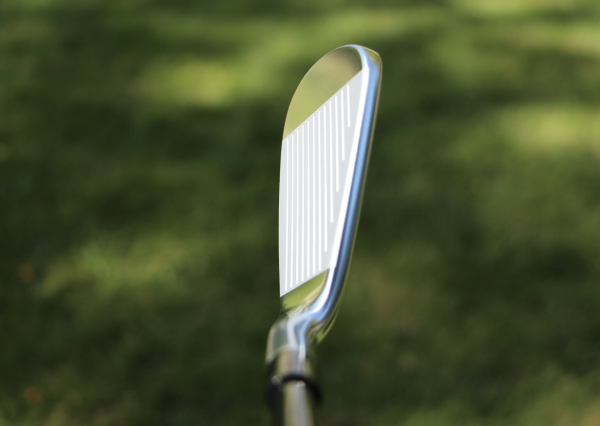
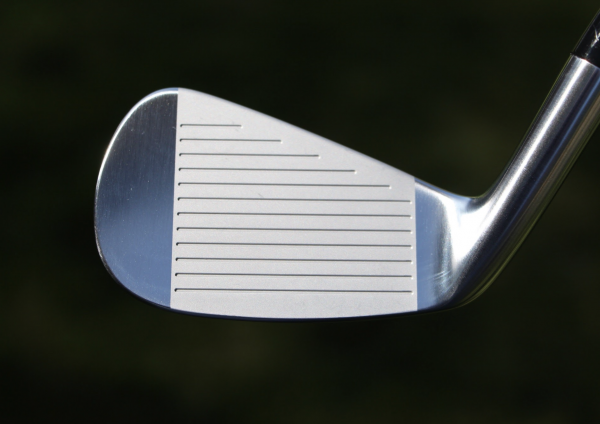
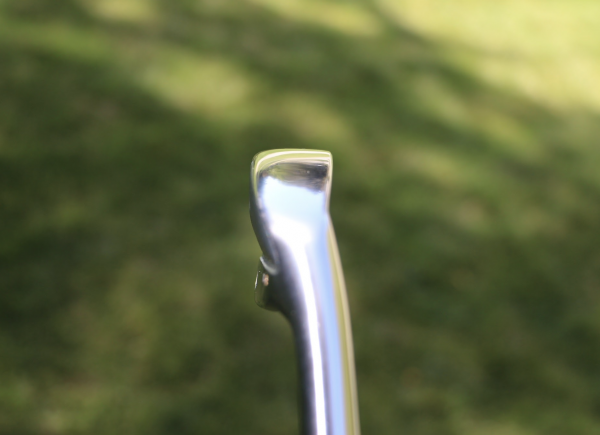




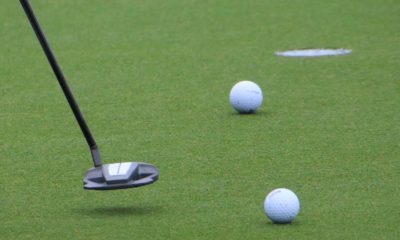





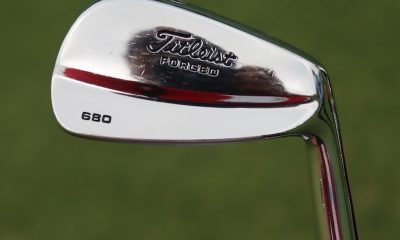

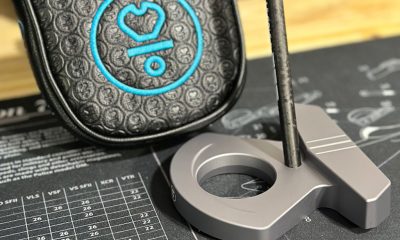















Brian M
Sep 21, 2020 at 2:12 pm
Honma’ need a 2nd mortgage to play these.
DukeOfChinoHills
Sep 21, 2020 at 12:51 pm
Has anyone asked Justin Rose for his opinion yet?
M
Sep 21, 2020 at 10:42 pm
Rose’ opinion is currently unavailable as it’s being to help the paint dry at your local Sherwin Williams
ILikeHonmaIrons
Sep 21, 2020 at 1:06 am
Honma’s TR21 range of irons looks good! Especially, TR20V looks appealing to my eyes. However, my experience with Honma irons in the past had been that the heads were a bit too light as if they were designed for the weaker/senior players as the primary target. Even a few years ago when I tried their Tour World line up, which I believe is targeting younger/stronger/tour players – had a relatively lighter head, which for me was a bit hard to feel where the head was with a 130g shaft.
I cannot help to think that, perhaps, Honma’s chief engineer/designer is 5’6″ and 130 lbs. If Honma is determined to penetrate PGA Tour/stronger players, I sincerely hope they have shifted their player profile to something like at least 5’11” and 180 lbs.
Florian
Sep 21, 2020 at 5:55 am
What I can tell is that the TR series is more suited towards the US and EU market and overall, the series is more for advanced players than the typical “Honma amateur” (preferring light shafts and swing weights). The standard grip became pretty thick, especially compared to TWorld. With their shaft selection (at least in the EU) they also focus on more advanced amateurs that can game 60g+ shafts in the woods.